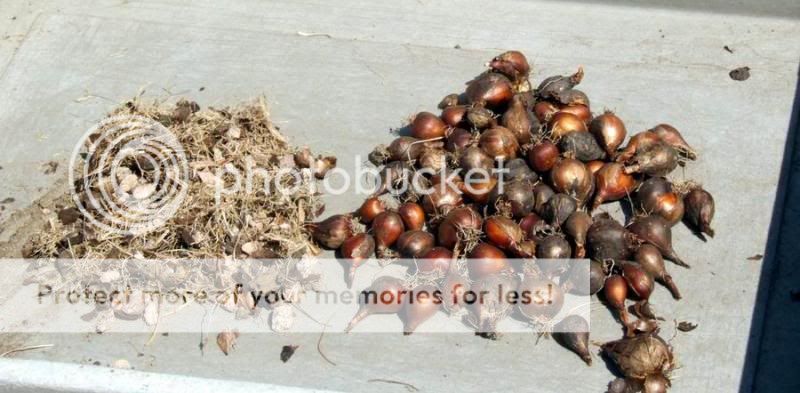JLNorthGA
Active Member
We started off last year with all brand new Source Four instruments with new bulbs (Ushio HPL 575WX/115V) and Altman 65Q Fresnel instruments (BTN 750W/120V P28S). Most of our events are concerts. They don't use the 65Qs (unless it's a large group and they need overhead lighting).
I've only had to replace one bulb (knock on wood) - due to me jostling an instrument while aiming it. The circuits are pretty good and the power seems to be very stable. We replaced a lot of our wiring before we started using our new equipment.
I haven't really kept track of the hours (though I have kept track of the shows). The concerts require maybe about 3-4 hours of lights. The plays require about 50-70 hours what with rehearsals and performances.
The lights are not run at 100%. We have a Sensor 3 dimmer rack.
Should I be stockpiling bulbs? Waiting for the "500 hour life" to come to its end?
I've only had to replace one bulb (knock on wood) - due to me jostling an instrument while aiming it. The circuits are pretty good and the power seems to be very stable. We replaced a lot of our wiring before we started using our new equipment.
I haven't really kept track of the hours (though I have kept track of the shows). The concerts require maybe about 3-4 hours of lights. The plays require about 50-70 hours what with rehearsals and performances.
The lights are not run at 100%. We have a Sensor 3 dimmer rack.
Should I be stockpiling bulbs? Waiting for the "500 hour life" to come to its end?



